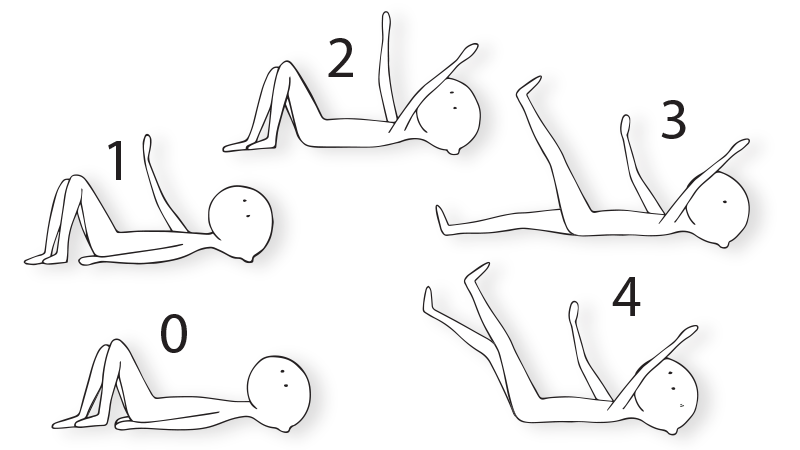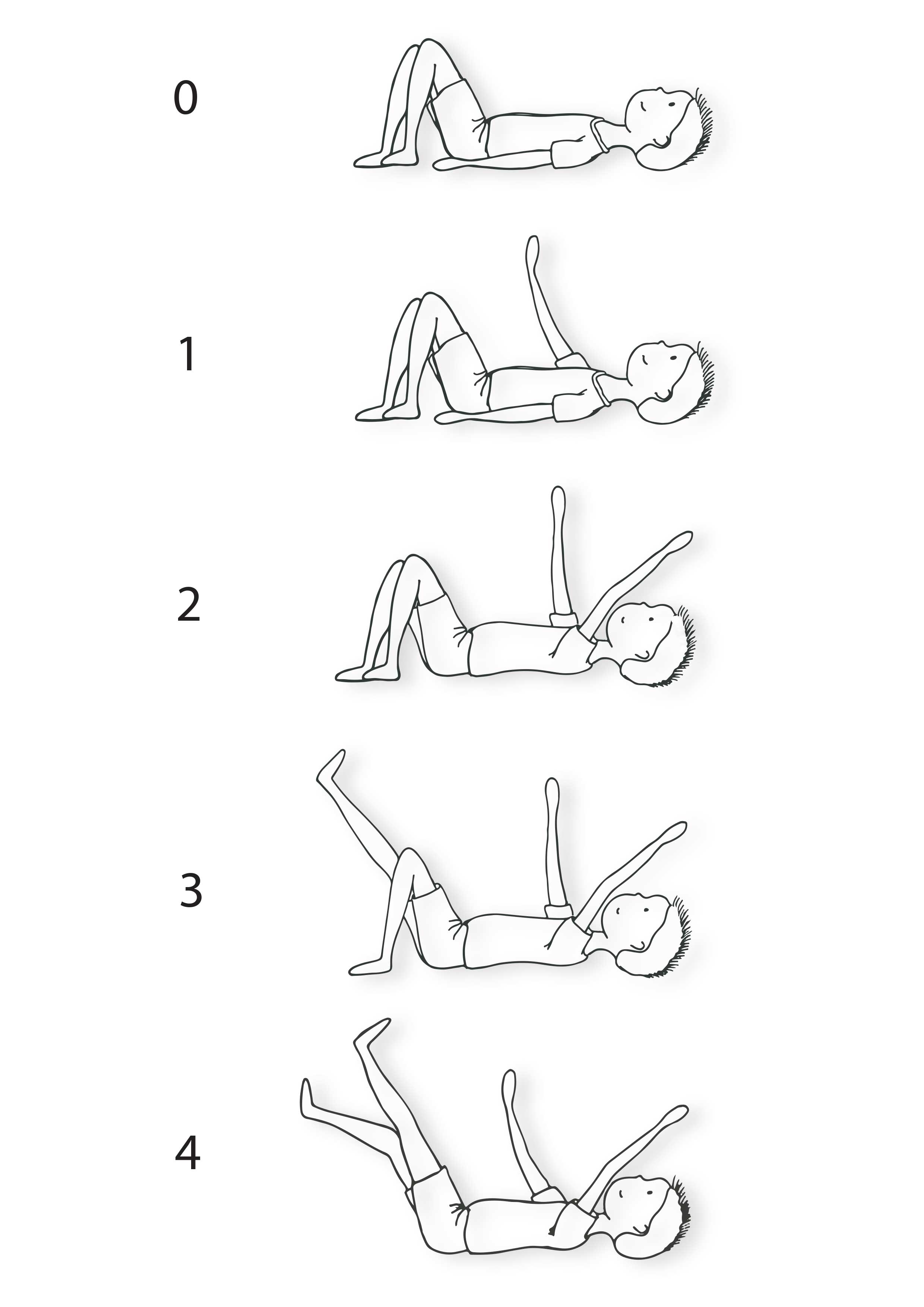Short description of the topic
Children remember numbers easier when they are surrounded by them in everyday life, both at home and in kindergarten. You can take advantage of their love for movement and combine it with mathematics. By incorporating math into gross motor play, the children will enjoy gross motor activities while also learning math skills.
Learning outcomes
-
Competencies
- Social-emotional competence
- Mathematical competence: recognizing written numbers, recognizing numbers by name
- Motor competence: controlling body form, body orientation
- Cognitive competence: problem-solving (what pose to make to illustrate the correct number)
-
Target group
5 years and up- Individual work
In groups
- Individual work
-
Required materials
- Glue
- camera/phone/tablet
- photographs
- drawn/printed numbers from 0 to 4
- cardboard

Download
(.pdf 299.2 KB)
Description of the activity (step by step)
Preparation:
Engage children while they exercise. Encourage them to try and illustrate the numbers (0, 1, 2, 3, and 4) with their body. All children should try out different poses and come up with ideas on how they could move the body to mimic a specific form. The kids take turns photographing their peers in “number-poses”.
Implementation:
Look at the photographs of “number-poses” together with the children and let them choose the ones that illustrate the specific numbers best (e.g. lying with your hands near the body represents the number 0, an arm raised represents the number 1, both hands raised represents the number 2, both arms raised and a raised leg represents the number 3, and arms raised and raised legs represent the number 4). Next, print out the photos and let children glue the selected photos to preprepared number-cards. Prepare another deck of cards that depict only numbers. You can use the two different sets in several activities for different levels of math skills.
Movement game:
Version number 1: Show a card with a number and a photo and name the number and the body pose. Children show the pose (with their own body (arms and legs)) as in the photo.
Version number 2: Show a card with a number and a photo and name only the number. Children recognize the number and show the pose as in the photo (with their own body (hands and feet)).
Version number 3 (hardest): Show only a number card. Children recognize the number and show the pose (with their own body (arms and legs)).
Reflection:
Talk about the different parts of this activity. What did children enjoy best? What was difficult? Trying to come up with ideas for poses? Moving? Getting creative with crafting flash-cards? Playing the game? You can repeat the game often and use the flash-cards in many activities for learning numbers.
Variations and additional ideas
Children can try to illustrate numbers in pairs or mini-groups. Let them get creative with their poses! In pairs, you could also play games with two-digit numbers. Children can use the flash-cards as help to draw numbers in the sand or flour. You could create a third set of flash-cards. This time, children photograph a specific number of objects and paste the photo to the corresponding number.
Background information and didactical perspective
In everyday life, movement is often linked to mathematics. We can measure the time in which we complete a task, the number of repetitions, the distance, the size, the weight, etc. In kindergarten, we introduce mathematical activities to younger children mainly through movement. This way, children gain experience for later understanding of mathematical concepts spontaneously and unconsciously.






